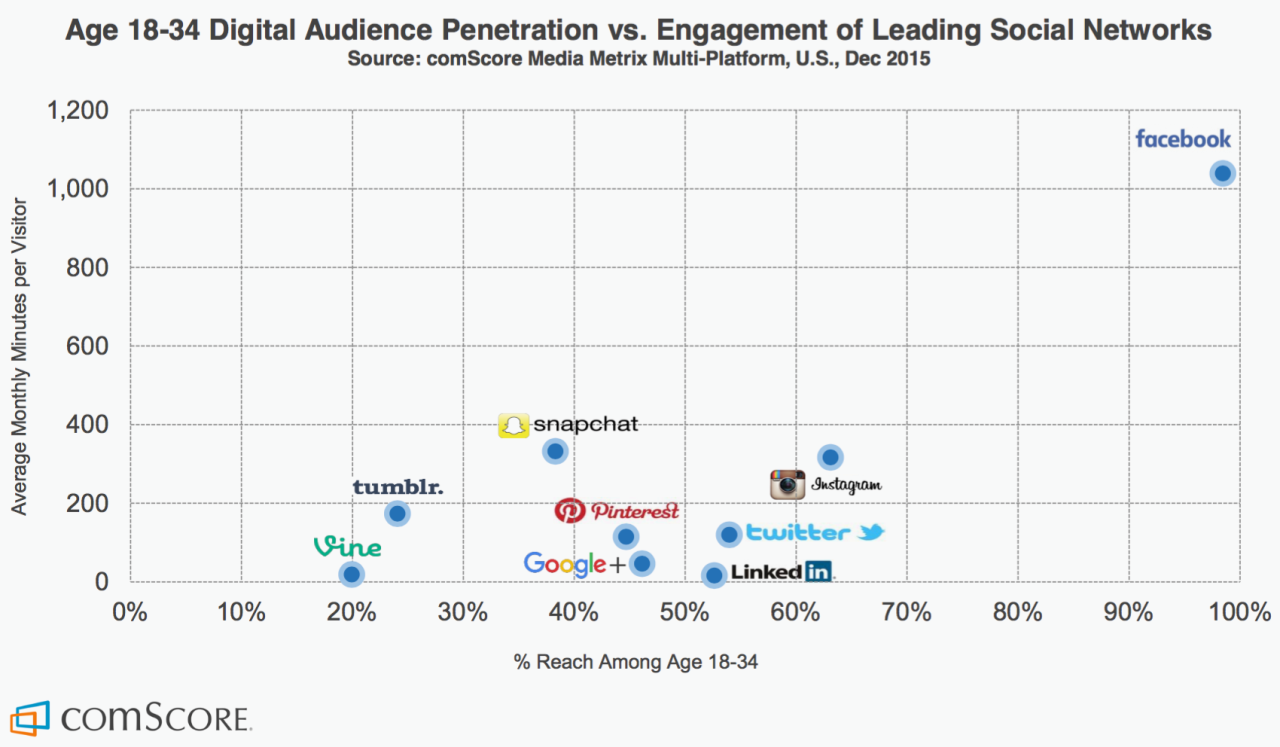Snapchat and Facebook are competitors of the coming years

Facebook recently swallowed up Masquerade, the developer of MSQRD, which has a similar set of functions from Snapchat. From the side of Snapchat followed a similar takeover by Bitmojis, which became known for its popularity in 2013 on Facebook.
This month, Snapchat has reworked the basic concept of the interface of its messenger, borrowing elements from Facebook Messenger, as well as adding several additional functions. Some try to compare Snapchat and Facebook, but still the first one leaves absolutely all competitors behind.
')
But it is Snapchat that is most actively gaining an audience among young users and the company is very aggressive in the market. It's already clear that Snapchat may pose a threat to Facebook as a new attractive channel for advertisers over the next few years.
Attracting users to the messenger
Snapchat and Facebook are trying to compete for the attention of users in the field of video and photo sharing. For this, Facebook absorbed WhatsApp, and also highlighted Facebook Messenger in a separate application and added the ability to share animated images. Facebook Messenger also offers users the ability to exchange audio messages and make video and audio calls.
From this point of view, Snapchat directly competes with Facebook - now the social network messenger almost completely copies its functions from Facebook. Snapchat has stickers, animated images and more, and after a recent update, users can upload photos directly to the instant messenger.
But Snapchat and Facebook are also actively developing the direction of video content within the social network - representatives of each officially announce about 8 billion video views per day. With a smaller audience, the number of views of a video on Snapchat is comparable to that of Facebook, and this can not but scare the leadership of the most popular social network.
In recent years, Facebook has been actively increasing the power of video content development for users, offering new options for promotion, as well as integrating support for online broadcasts. According to rumors, some celebrities even received royalties for using live video on Facebook.
Monetization and proper advertising
In this matter, Snapchat has completely opposite views on Facebook. If the latter is actively targeting users to show the most relevant advertising, then the head of Snapchat Evan Spiegel called this approach to tracking users' interests on sites “frightening”.
Instead, Snapchat uses a scheme similar to the advertising that has always been used on television - situational advertising, dedicated to certain events. So, Gatorade ads on Snapchat during the Super Bowl were viewed 160 million times. At that time, users of Snapchat were not targeting in any way, and advertising was actual on that day - instead of enticing advertising budgets from similar projects, the social network redirects budgets from television.
After Facebook has gradually entered this market, Snapchat has begun to provide advertisers with general information about the potential audience, which allows it to more accurately predict the response to the content being shown. Whether it comes to the full tracking of users, as is the case with Facebook - only time can show.
But nevertheless, it should be understood that even despite the presence of a threat from Snapchat, the Facebook audience is many times greater than that of all competitors, which is why a social network can test new formats without any tangible restrictions. But competitors have to be more careful and arrogant, not to be absorbed by Facebook or as a result irrelevant in the market.
Source: https://habr.com/ru/post/299896/
All Articles